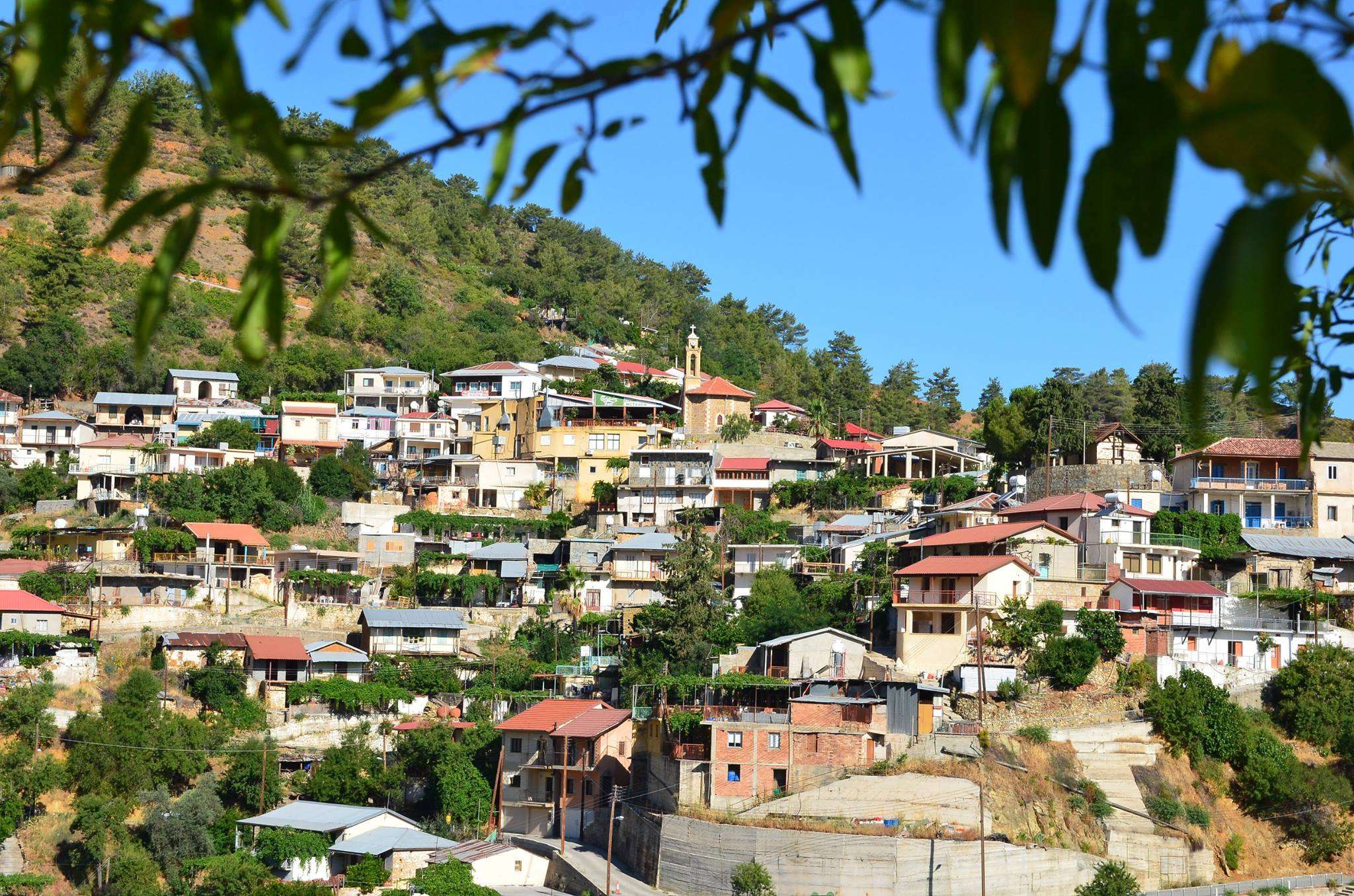Gerakies
Built in the green valley of Marathasa
The village of Gerakies is built in the valley of Marathasa, at an altitude of about 1000 meters and it is about 65 km from Nicosia.
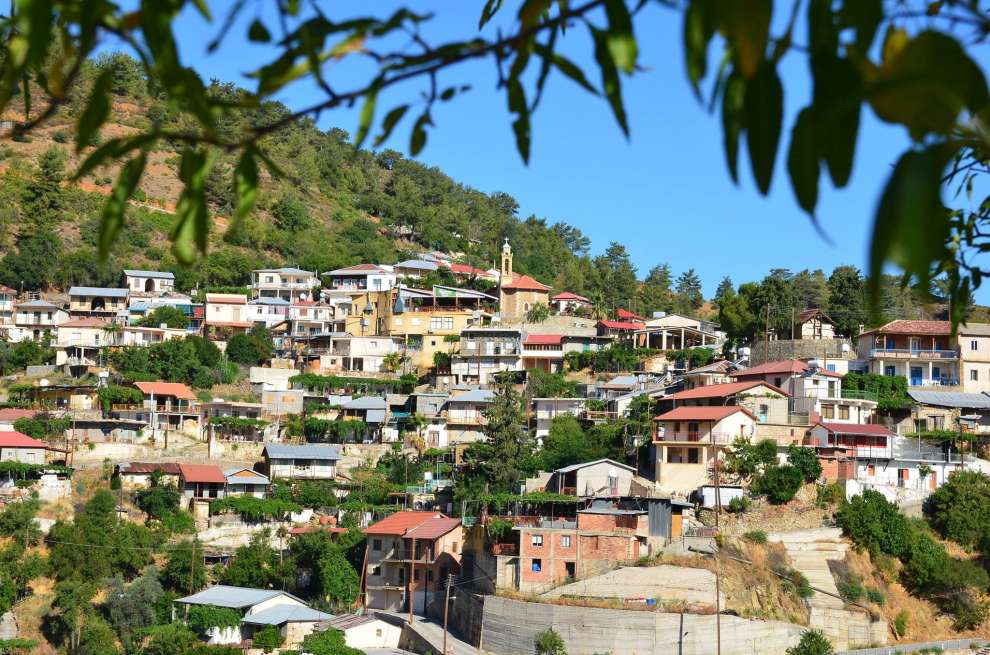 Photo: Costas Kokkinos
Photo: Costas Kokkinos
The history of the village:
About 700 years ago the village of Gerakies, during the first Ottoman domination, was inhabited by priests who had been expelled from Syria. Here, these priests created the monastery of St. Nicholas. In the past the church was much larger, and monks lived in nearby houses. Above their houses as well as above the church there was a cross, which exists up to today on one of the houses.
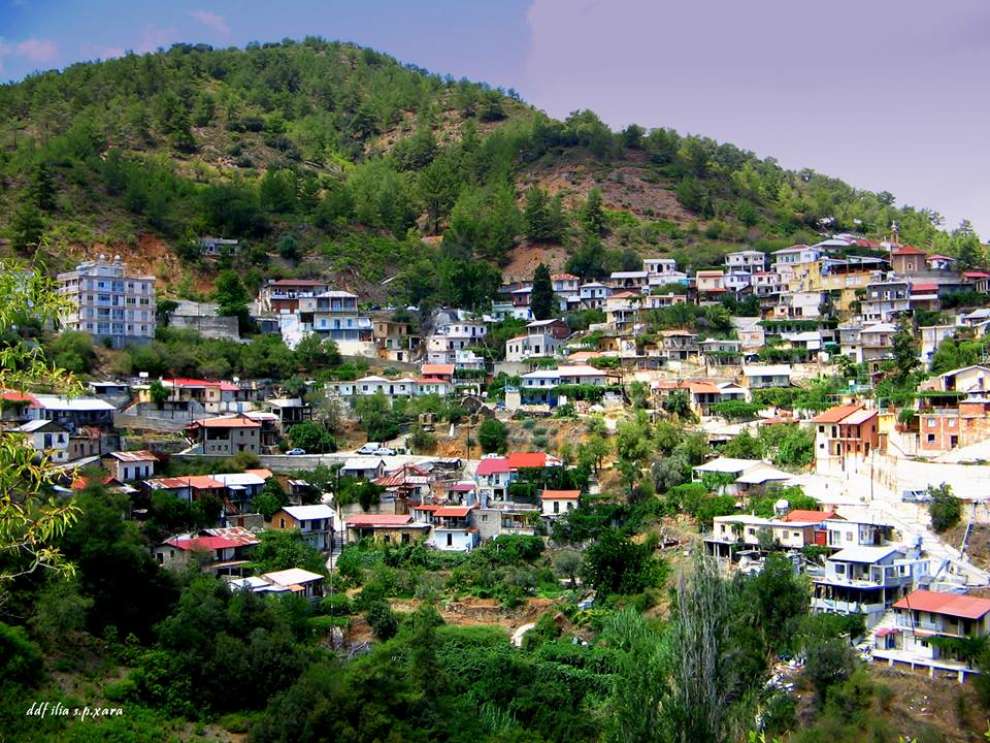 Photo: Iliada Xaralampous Prometeo
Photo: Iliada Xaralampous Prometeo
The begining of village started from the church of Saint Nicholas and below, as the current houses near the motorway did not exist. The school was built next to Saint Nicholas, it is a very nice building with a large courtyard.
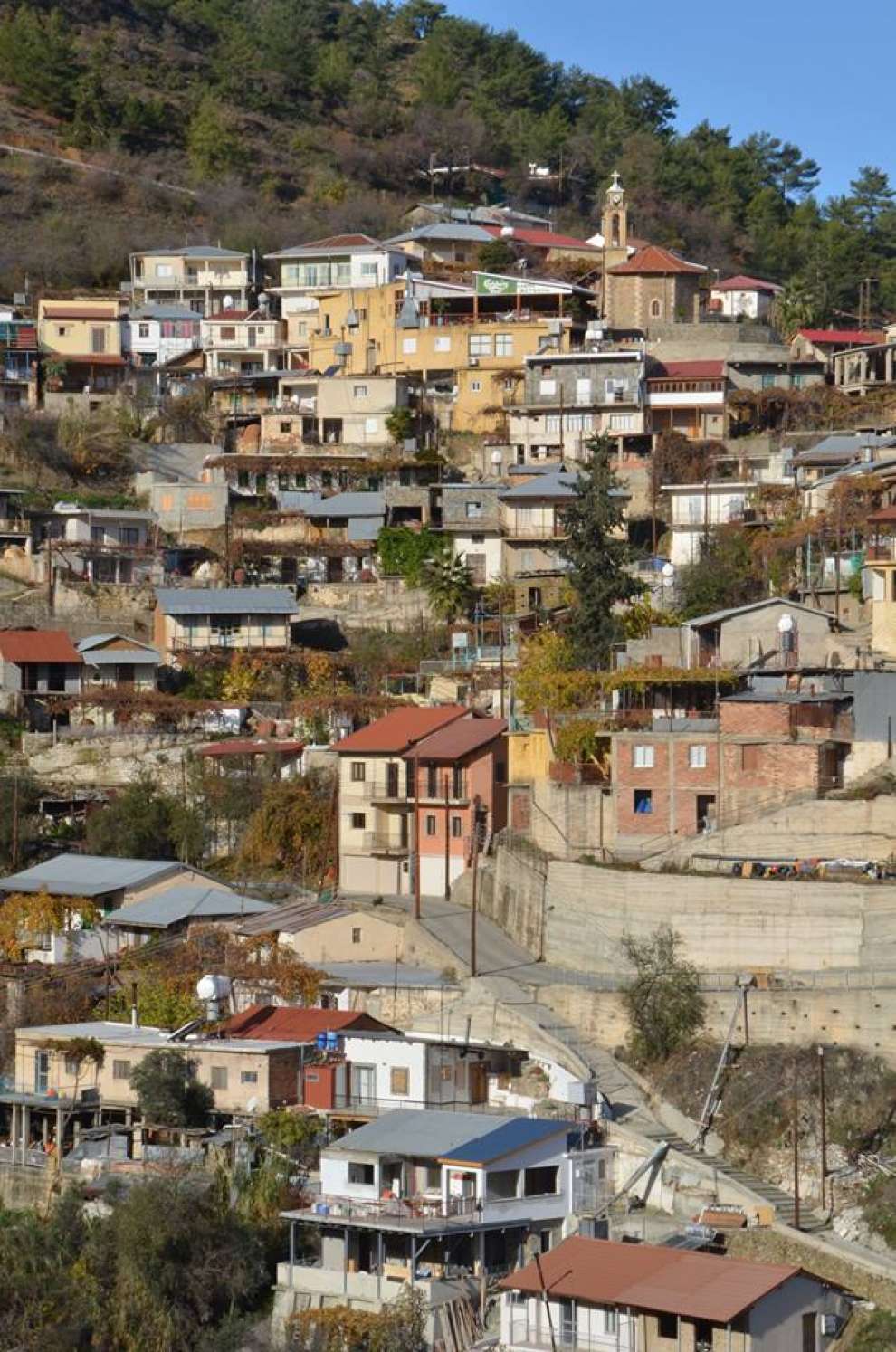 Photo: Mageiroudes Photographia
Photo: Mageiroudes Photographia
The name of the village:
According to tradition, the reason that the village was named Gerakies was the fact that each elder had a small home.
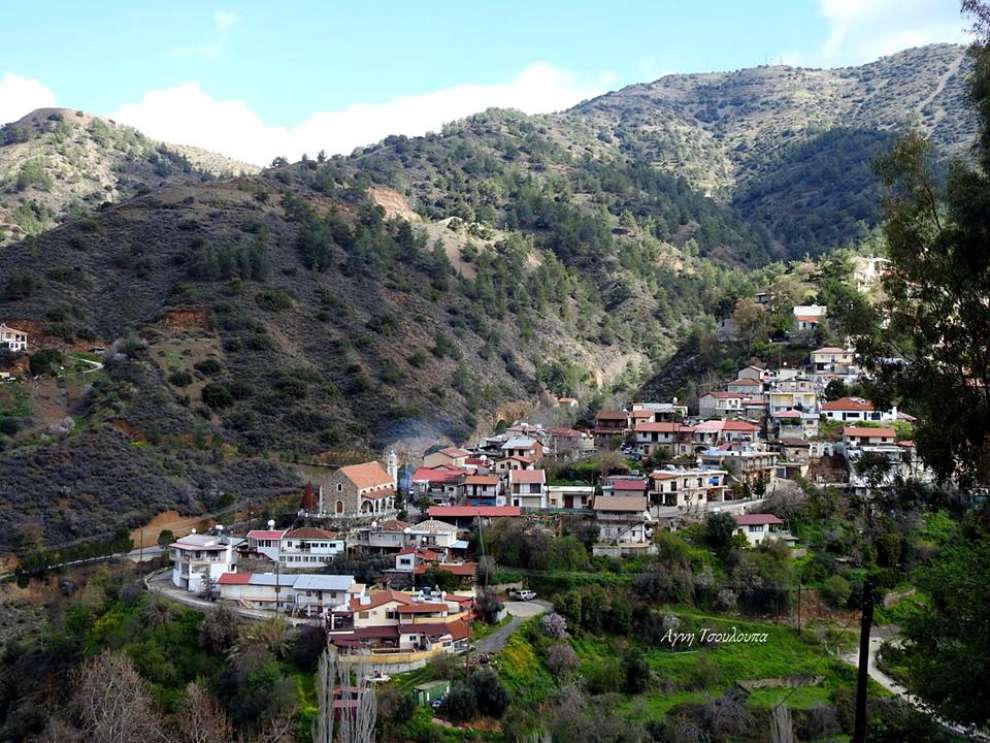 Photo: Αγνή Τσουλούπα
Photo: Αγνή Τσουλούπα
Residents' occupations:
The inhabitants of the village were involved in the production of tar from the pine trees. In addition, they were engaged with the production of wines, zivania and Palouzes. They cultivated vines, almond trees, fig trees, apple trees, walnut trees, pomegranates and pear trees. They were not particularly engaged in livestock, but every house had pigs so they made homemade sausages, lountza, and kleftiko. With the fruits they made sweets. The sweets were made of dry fruit.
Sights and Churches:
In the village of Gerakies you will find, the Monastery of Saint Nicholas built about 700 years ago, the church of Agia Triada, Panagia Dikolitissa, the church of Agios Georgios, which was inhabited around 1900. In the village there was also the church of Agios Sozomenos, who left Karpasia and came to the village of Gerakies.
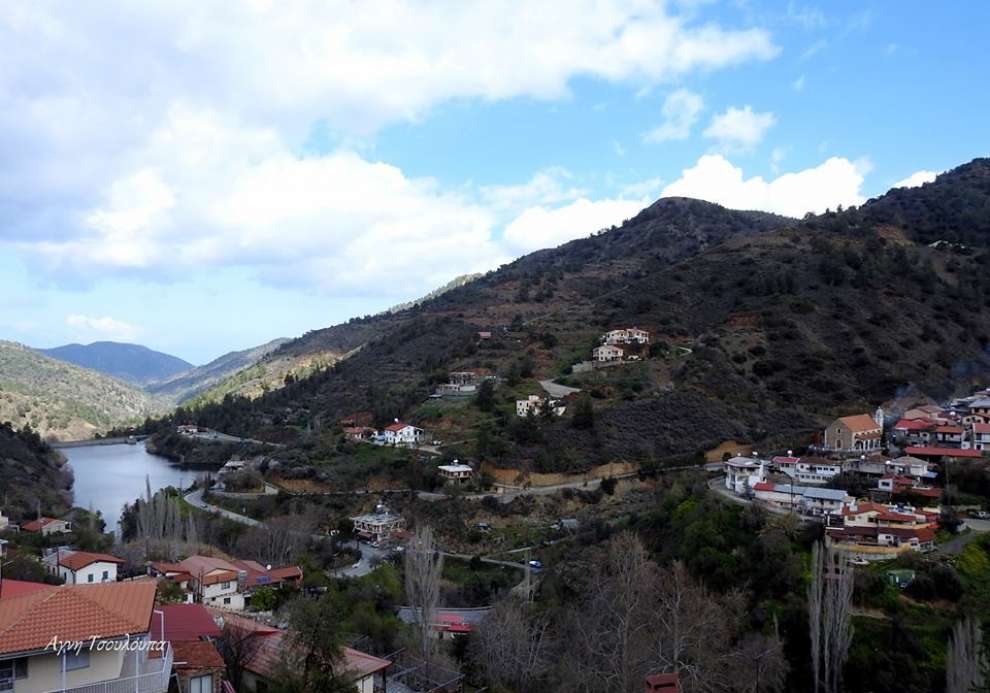 Photo: Αγνή Τσουλούπα
Photo: Αγνή Τσουλούπα
Additionally, the village has a nature trail which passes from the picturesque plain of Marathasas.
It is a circular path of 3.9 km. Along the path you will find a rich flora such as Psyllina, Helichrysum italicum: Aromatic hemisphere, very common in the wider mountain range of Troodos (100-1800 m high), Konyzos, Inula viscosa: Viscous-sticky, aromatic bush that blooms from August Cistus creticus: Common evergreen shrub (0-1800 m altitude), Xistarka, Cistus salviifolius: Common evergreen shrub (altitude 0-1800 m), Antlucla, Arbutus andrachne: Evergreen shrub or small tree that only occurs in the eastern Mediterranean and in the Balkans to the Caucasus. Fairly common in Cyprus in the 600-1400m area (and in some areas up to 100m), Pinus brutia: The most common forest tree in Cyprus that is indigenous to the eastern Mediterranean (0-1200 m altitude) and hot places up to 1600 m), Trethithia, Pistacia terebinthus: Deciduous Mediterranean shrub, very common in many forest areas (0-1500 m), Acer obtusifolium: Small, evergreen tree. It grows on rocky slopes, pine forests and ravines (0-1200 m altitude), Ruda, Rhus coriaria: Deciduous shrub, very common in the Troodos mountain range (500-1650 m altitude). It has been used extensively in tanning and its fruits are still used as a seasoning, Odontites cypria: Endemic semi-shady, very common in many areas in the 30-1600m zone, Lazia, Quercus alnifolia: Evergreen shrub or small endemic tree of Cyprus common in the broader mountain range of Troodos (height 600-1700 m), Asphodelus aestivus: perennial herb, about 1 m high, Ayochimia, Lonicera etrusca: climbing, deciduous shrub. Indigenous species of Cyprus (height 500-1200 m), Teucrium, Teucrium kotschyanum: Perennial half-moon, common in the area of Paphos Forest, Manitoukia, Pterocephalus multiflorus subsp. Multiflorus: Endemic shrub of Cyprus (height 150-1900 m), Piphani, Astragalus lusitanicus ssp. Orientalis: Perennial hermitage, very common in the wider mountain range of Troodos (height 300-1300 m), Mosfilia, Crataegus azarolus: Shrub or small tree, common in many regions of Cyprus with edible, tasty fruit (0-1500 m), Arkolasmarin , Ptilostemon chamaepeuce var. cyprius: Endemic shrub (height 150-1500 m). It grows from May to July, Thyme, Thymus integer: Aromatic hedgehog, common endemic species of Cyprus (height 100-1700 m), Vatos, Rybus sanctus: Bumblebee, known for its edible berries, , 0-1550 m), Kapparin, Capparis spino-sa var. Canescens: A deciduous bush, well known for its eucalyptus seed and fruit, placed on vinegar (height 0-900 m), Almond, Prunus dulcis: A cultivated species in Cyprus with a particularly impressive flowering with edible fruit. 0-1500 m), Rosa canina: Deciduous shrub blooming from April to June (altitude 600-1950 m), Olea europaea: Shrub (wild) or tree, very common as a native and as cultivated 0-1000 m altitude), Climate, Vitis vinifera: Deciduous shrubs, climbing shrubs, cultivated for years (0-1500 m altitude), Mersinia, Myrtus communis: Evergreen aromatic shrub. We meet him almost across Cyprus along rivers (0-1500 m altitude).
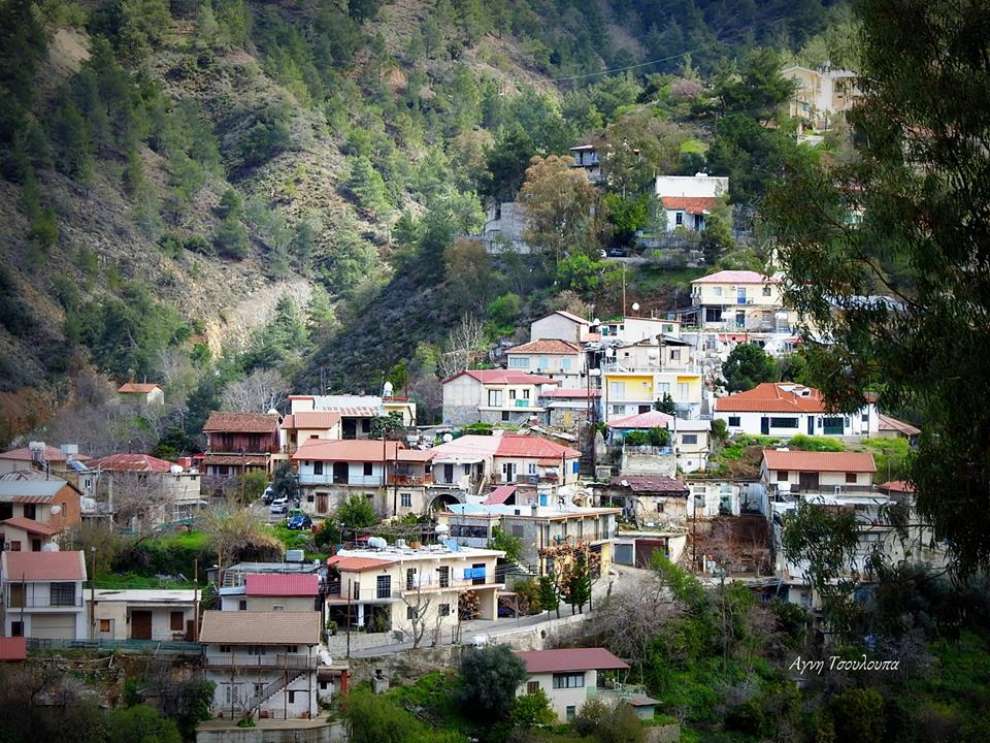 Photo: Αγνή Τσουλούπα
Photo: Αγνή Τσουλούπα
The fauna of the pathway is also important, as it passes through an area rich in biodiversity. Mammals, birds, reptiles and insects make up a wonderful picture of the landscape. The species that dominates is the Mouflon. Other mammals of the area are Vulpes vulpes, Lepus europaeus, Rattus rattus, Birds, Aquila fasciatus, Accipiter gentilis, Alectoris chukar, Columba palumbus, (Otus scops cyprius), Turdus philomelos, Turdus merula, Oenanthe cypriaca, Erithacus rubecula, Reptiles, Macrovipera lebetina, Malpolon monspessulanus, Dolichophis jugularis, Cypriot snake (Heirophis cypriensis), Laudakia stellio cypriaca, Chamaeleo chamaeleon, Phoenicolacerta troodica, Butterflies etc.
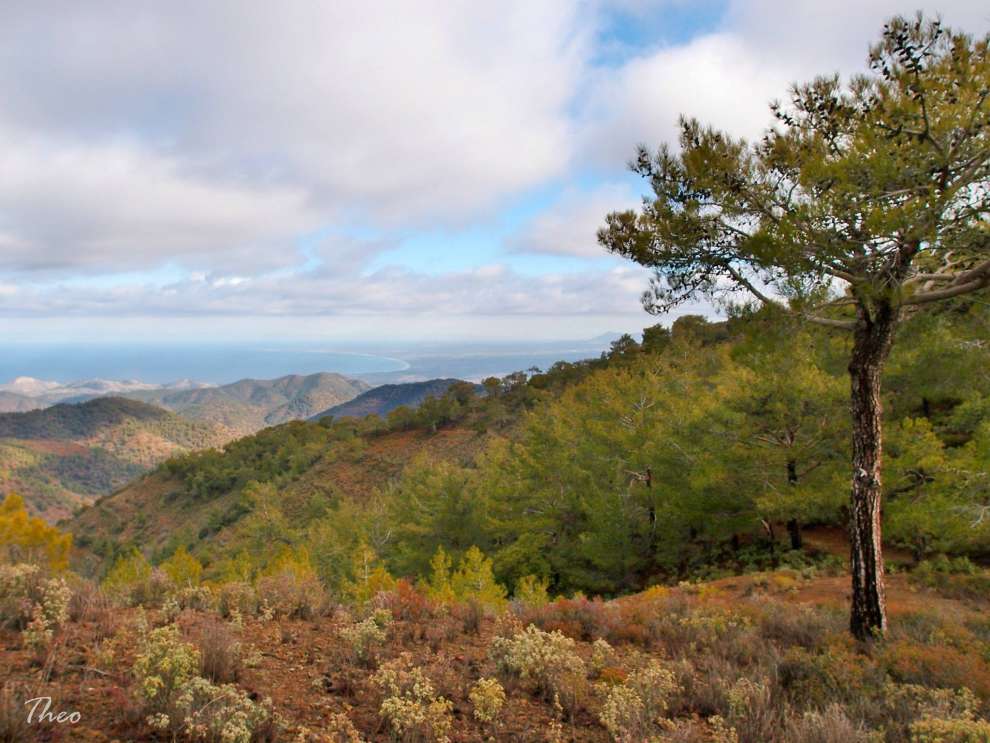 Photo: Theodoros Theodorou
Photo: Theodoros Theodorou
For the map of the area, click HERE

 English
English
 Ελληνικά
Ελληνικά Русский
Русский